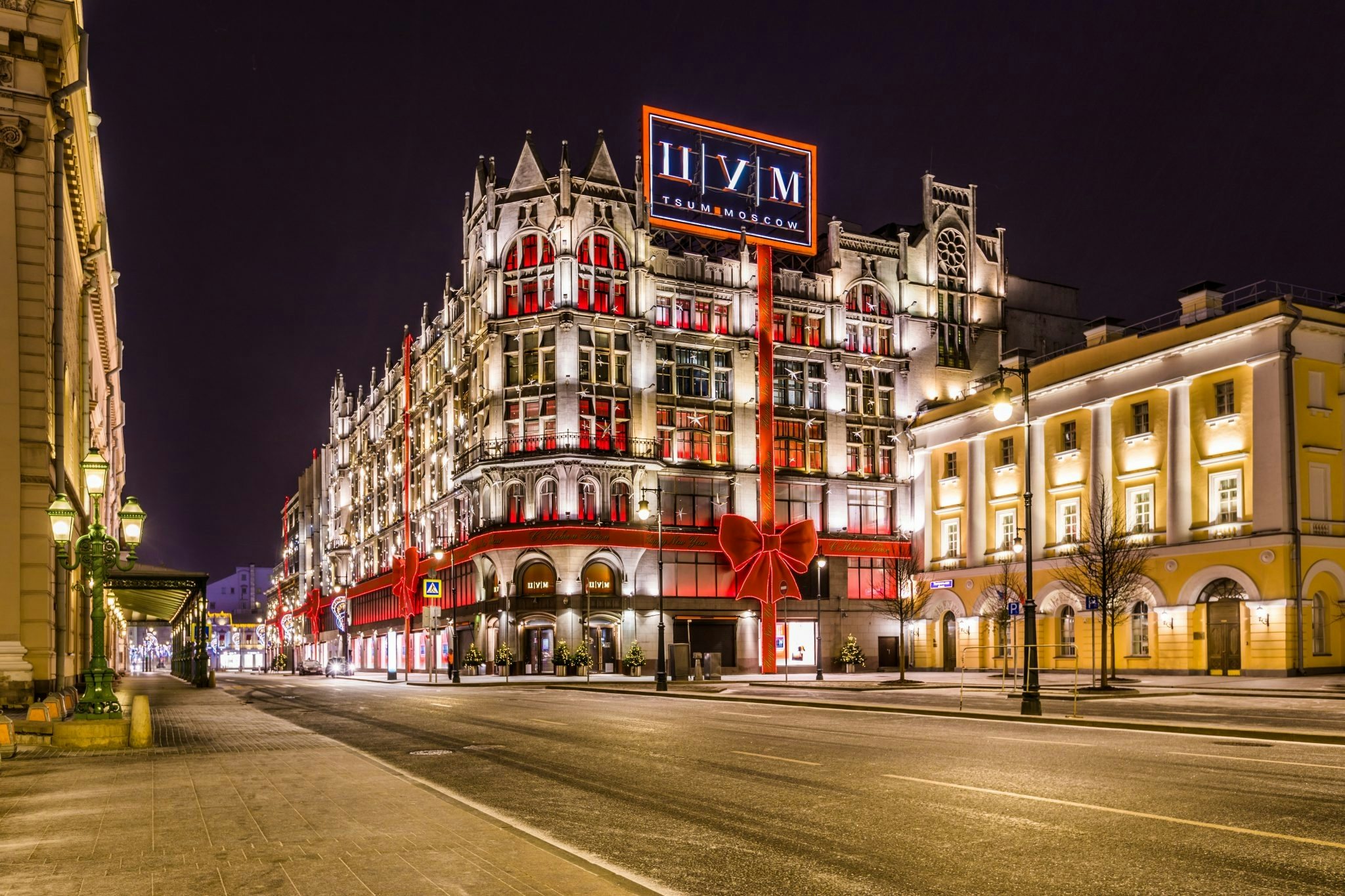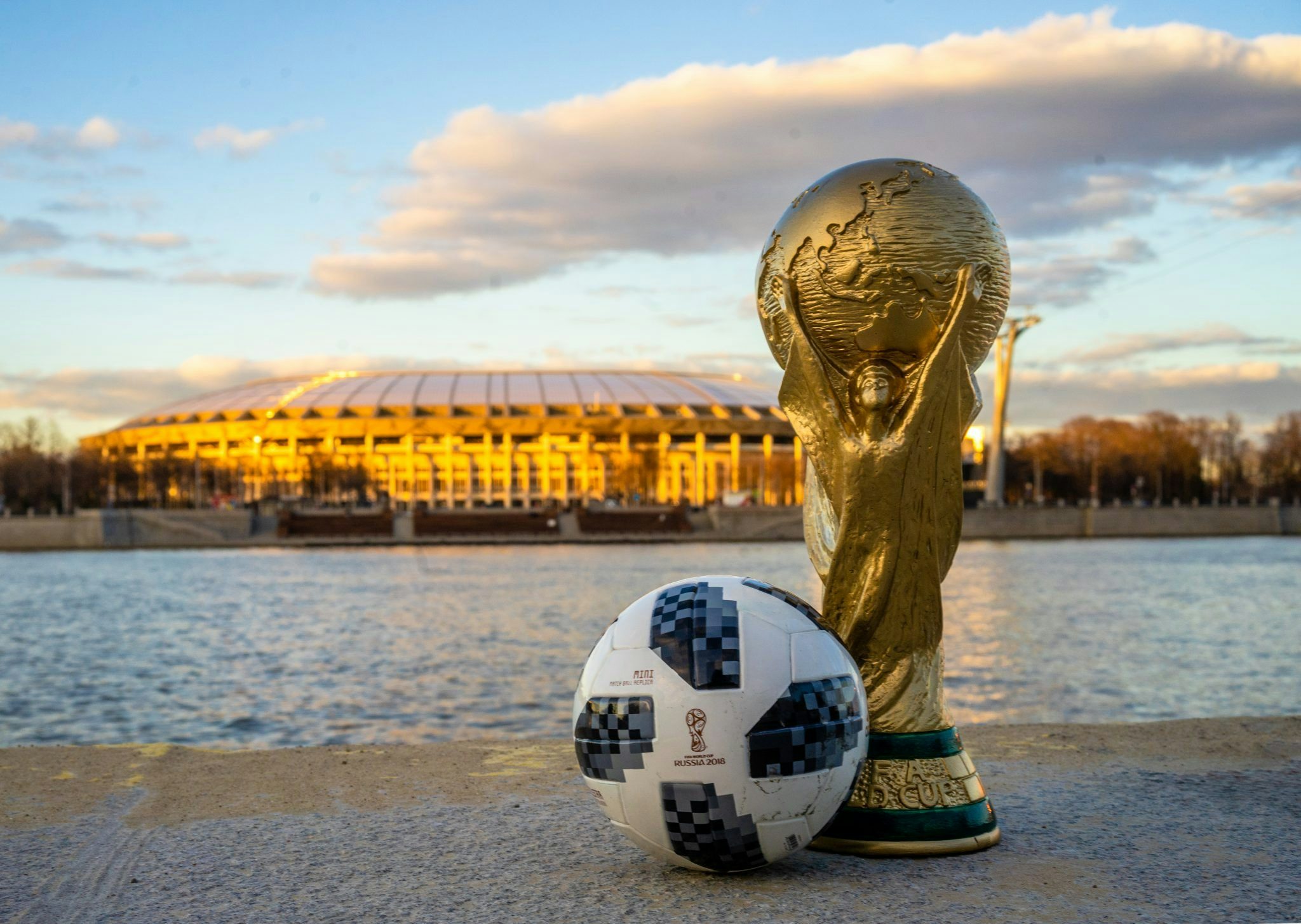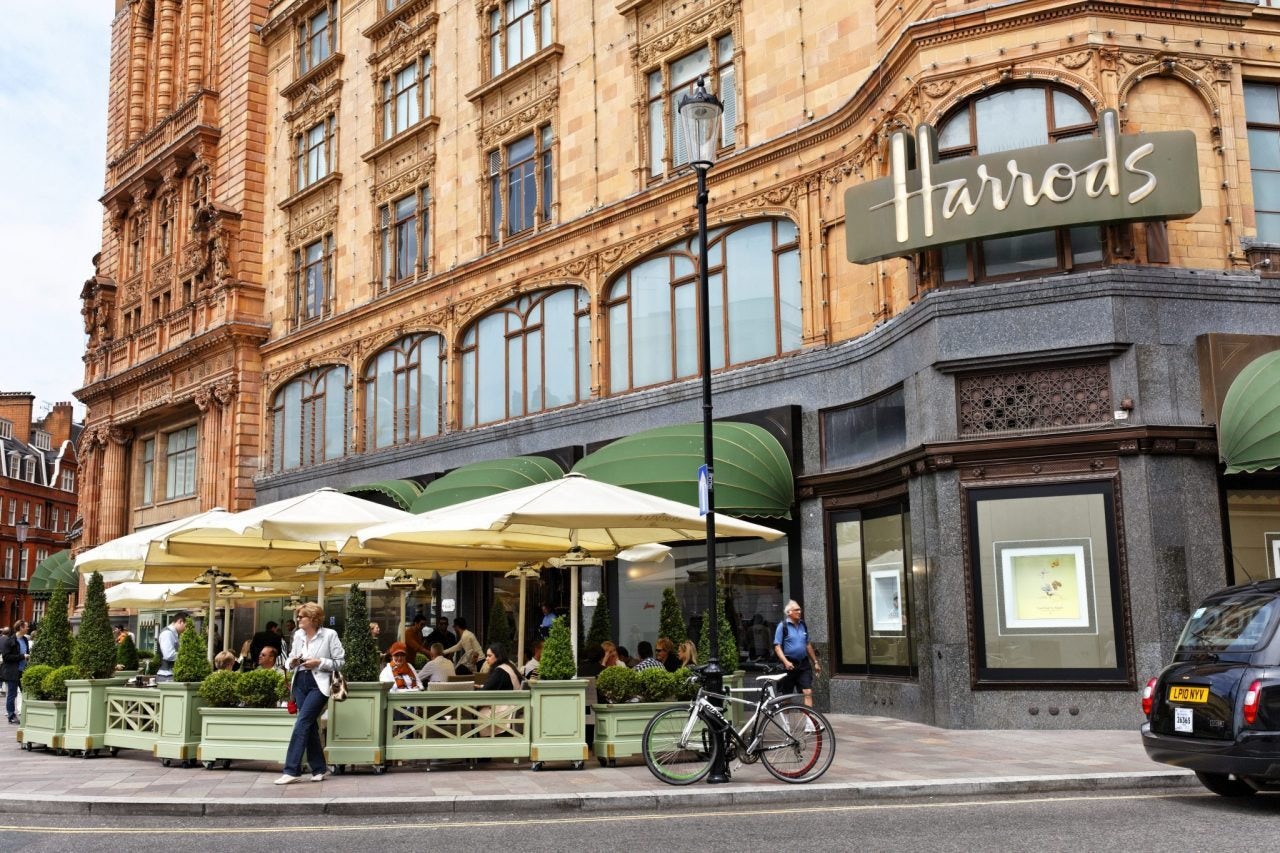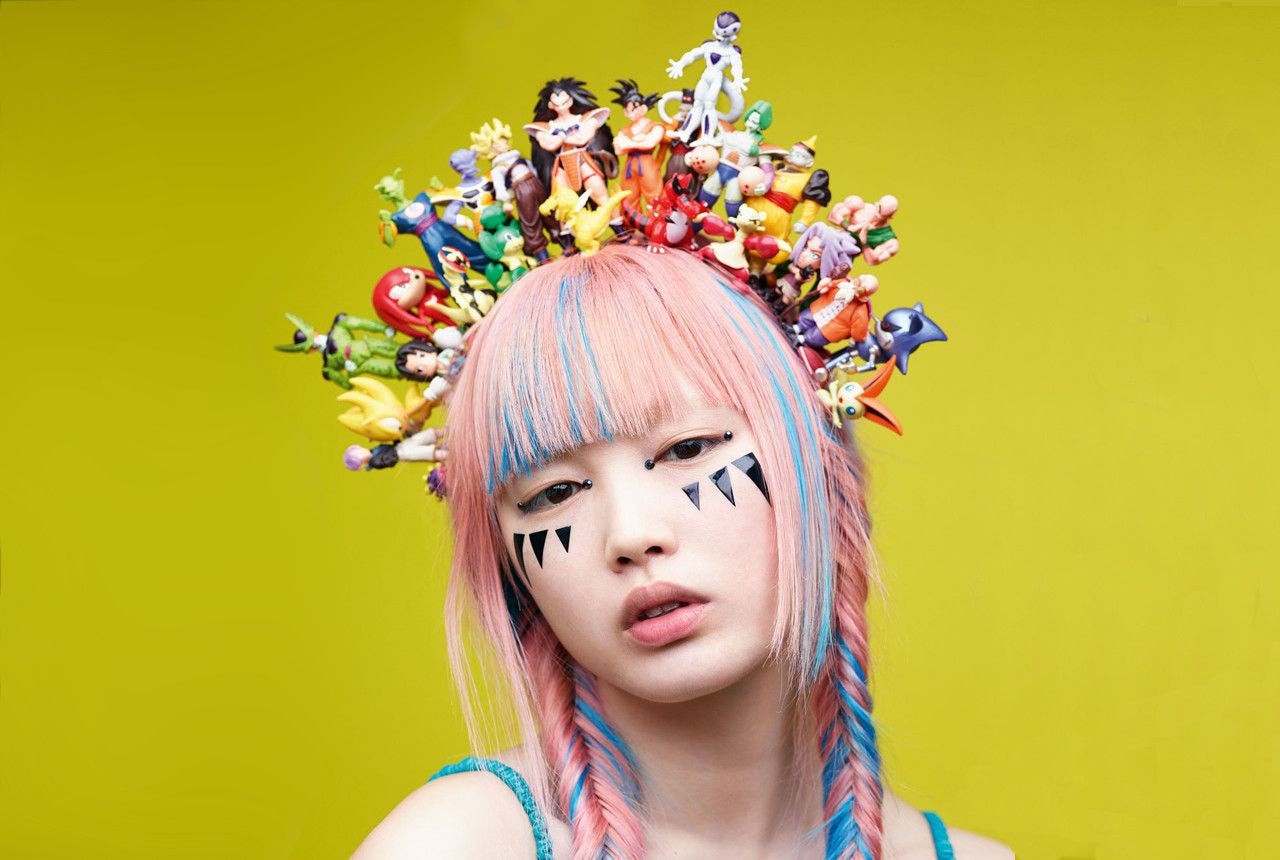“Red tourism” has long been a buzzword in describing Russia’s flourishing relationship with the Chinese traveler. But lately, the country’s draw has gone beyond its historical communist landmarks like Lenin’s Mausoleum. Buoyed by the World Cup and government measures to attract more tourists, Moscow has become a destination for the kinds of cultural experiences known to attract China’s affluent travelers – starting with exclusive high-end shopping trips.
While there’s no doubt that Russia continues to bring in travelers through group “red tours,” the World Cup brought in approximately 40,000 visitors from China, with more than 77 percent of them traveling alone, and more than 16 percent traveling with just one other person, according to a recent report published by Ctrip in partnership with global travel search company Skyscanner. Most Chinese soccer fans traveling to Russia for the World Cup hailed from China’s larger cities like Shanghai and Beijing, and stayed in Russia an average of just under two weeks, leaving plenty of time for shopping between games.
Retailers big and small are reaping the benefits of this boom in Chinese tourism.
Tatyana Strekalovskaya is the founder of SVMoscow, a “secret” luxury boutique that has seen a huge rise in Chinese clients following the World Cup. Strekalovskaya told Jing Daily that, unlike other visitors, Chinese luxury shoppers are coming in search of the big-name brands,
“We think most clients are not interested in brands when they come to SVMoscow—they come for the selection of rare and unique pieces,” she said. “But most of the Chinese customers come to the store for hyped products, knowing what they are looking for.”
The best sellers? Balenciaga, Vetements, Yeezy, Undercover, and, of course, Russian designer Gosha Rubchinskiy and his Adidas collaboration.
SVMoscow earned a mention in Vogue last year for its collaboration with Vetements, which attracted the likes of Kim Kardashian. Its offerings are highly curated and news about their latest collections are usually spread via word of mouth. It’s these factors of exclusivity and trendiness that are attracting globetrotting Chinese shoppers.
Another Russian draw for Chinese luxury spenders is the government’s launch of its tax-free program for foreign tourists earlier this year. Fashion boutique Tretyakovsky Proezd in Moscow, Retailer TSUM and its sister store, DLT in Saint Petersburg are just a few of the big names who have jumped on board.
Leading Moscow department store TSUM has experienced an increase in tourists since these programs were introduced. In the Spring/Summer 2018 season, Chinese shoppers at TSUM were up 70 percent compared to the same period the year before. More than 10,000 Chinese tourists used the tax-free shopping service during the World Cup, according to TSUM COO Alexander Pavlov.
Pavlov explained he believes that its pricing strategy at TSUM and its sister store DLT in St. Petersburg play a big role in attracting Chinese shoppers in particular. TSUM was the first luxury retail player in Russia to introduce a “transparent” pricing strategy in 2016, cutting prices of its products to match rates in Milan and Paris boutiques and department stores. They also claim to be the first to introduce Chinese speaking sales staff, in-store navigation in Chinese, and a Chinese-speaking stylist. They offer Alipay and UnionPay, and recently became the first Russian retailer to introduce WeChat Pay for its Chinese customers.
“This step is of strategic importance for TSUM: the service is aimed at Chinese tourists visiting Russia who are already used to using this method of payment at home,” Pavlov said. “It helps create a comfortable shopping atmosphere and will contribute to the growth of the number of Chinese tourists making purchases at TSUM.”
Like Strekalovskaya, Pavlov notes it is the big name collaborations that have been popular with Chinese visitors, such as Nike x Off-White, and even Russian-exclusive collections such as Reebok x Walk of Shame Moscow—“We notice that Chinese clients are very experienced in the hottest fashion trends and in TSUM they buy the trend-setting pieces that are already sold out in Europe, like Balenciaga, Céline, YSL, and Off-White,” Pavlov said.
Other brands popular with Chinese shoppers at TSUM include apparel, shoes, and accessories by Gucci and Valentino, watches by Rolex and Patek Philippe, and fragrance and skincare by La Mer and Chanel.
Additional government measures to bring in more Chinese tourists over the last number of years include visa-free travel for tour groups of at least five people, which was introduced as part of the “China Friendly” project. And all the efforts seem to be paying off —in the last year alone, tourism has continued to rise, with Ctrip reporting a 150 percent increase in visitor numbers between January and July.



